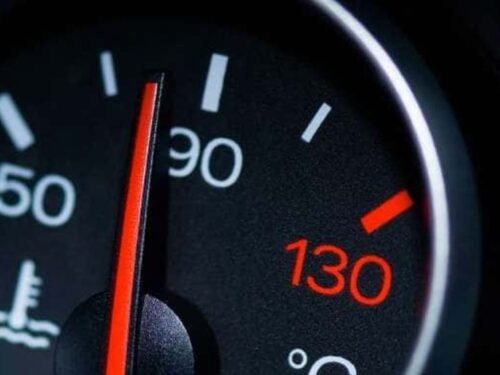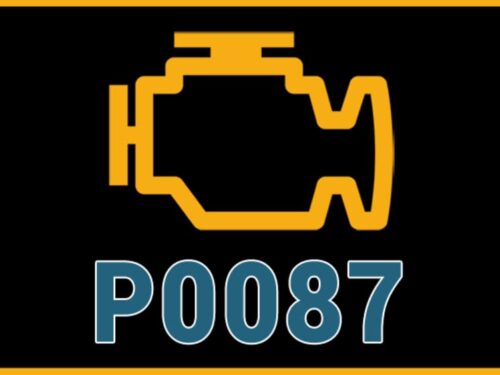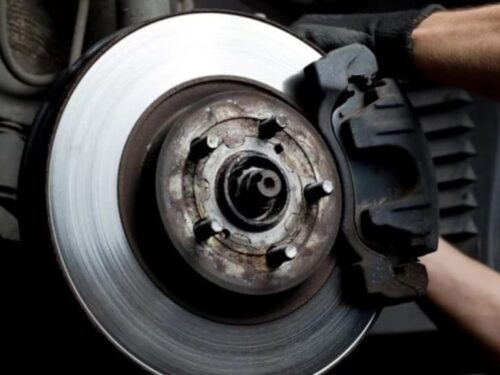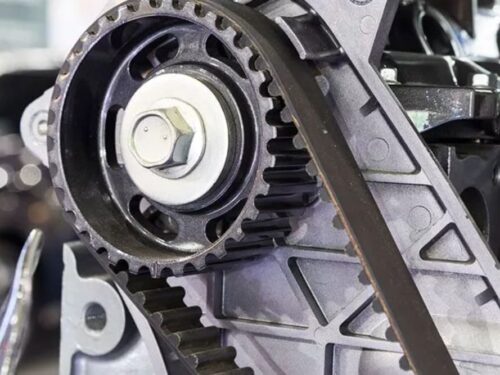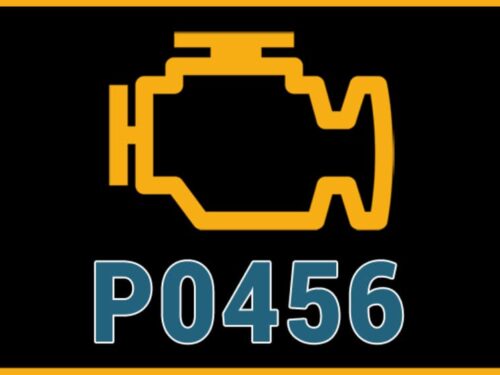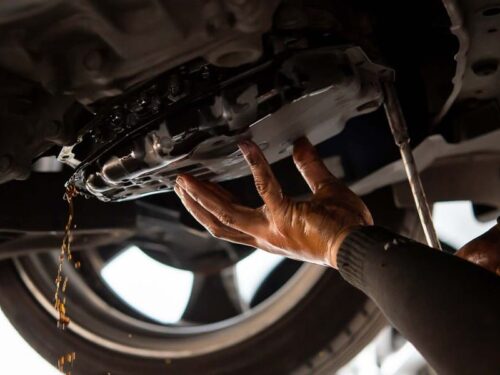
We have all heard people bragging about their vehicles’ horsepower or stating that they should get a car with greater horsepower. However, very few of those people are actually aware of what ‘horsepower’ is, except that the more of it your car has, the faster it will go.
So, what exactly is horsepower? ‘Horsepower’ is the established benchmark for comparing car performance. Basically, it can be defined as a unit that determines the rate at which work is done. The unit has been named that way because one horsepower is equal to the amount of power that a horse generates when pulling forward. In other words, it is the extent of force needed to move a weight of 33,000 pounds over a one-foot distance in one minute.
Now that we know the scientific definition of the energy unit, let us discuss a few simple ways to augment it.
1. Installing an Efficient Cold Air Intake (CAI)
This is perhaps the most popular way of enhancing horsepower and torque because it is also the most cost-effective. Cold air is denser, meaning that it contains more air molecules per unit of volume. So, the colder (and thicker) the air inside your vehicle’s engine, the more the number of air molecules available to mix with the fuel and generate more power. Essentially, letting your car breathe more efficiently, cleanly, and deeply, greatly enhances your potential for greater horsepower, and this is precisely the function of Cold Air Intakes.
Firstly, CAIs introduce air inside the vehicle by sucking it from an external ‘colder’ location. CAIs have special filters installed, designed to bring in more air through the engine by increasing the surface area. Moreover, the process also mitigates undesired turbulence and resistance, thereby ensuring a steadier flow of air.
2. Reduce the Car’s Weight
It does not take a rocket scientist to figure that a lighter car will move quicker than its bulkier counterparts. So, to boost your vehicle’s speed, you can try getting rid of heavy parts throughout your vehicle (not just in the engine block) and find lighter replacements.
These changes could involve removing extra seats and any unimportant items in the trunk, getting acrylic windows instead of glass ones, and replacing conventional breaks with disc ones. By reducing the vehicle’s overall weight, you will increase its aerodynamic property and allow the engine to consume power more efficiently.
3. Installing a Water-Injection Kit:
A water-injection kit performs the dual task of increasing the car’s gas mileage while simultaneously eliminating carbon deposits and keeping the combustion chamber clean. Of course, using premium quality fuel always helps.
Do note that this alteration will not increase horsepower on a regular engine. However, once you supplement your engine with superchargers or turbo, you will be able to see a marked difference in horsepower.Much like a CAI, superchargers, and turbochargers work by increasing the air supply inside the engine, thereby it to consume more fuel and generate greater horsepower.
4. Increasing Compression:
Increasing compression is one of the most effective and intuitive ways of building greater horsepower. Despite its popularity and the common sense behind the approach, you need to be cautious about how you go about raising compression. The key is to attain more power without damaging the engine. Consult an engine builder to learn which cam selection and compression will work best for your vehicle.
5. Choosing the Right Gas for Engine Compression:
Carrying on from the previous point, you must feed your premium engine with equally high-quality gas. If you do not, you will either reduce the vehicle’s combustion ability by ‘pinging’ the machine (happens in older vehicles). Or, if you use poor-quality gas in a newer car, it will simply adjust to that cheaper gas and start combusting below its optimal capacity, eventually reducing motor performance and horsepower.
6. Finding the Right Jet Size:
A jet swap is a bit of a gamble because if you do not get the right size, your vehicle will probably lose power. Therefore, the recommended approach is to experiment a bit with a jet kit. Starting with primaries, continue to increase the jet size and check the results with each size as you go along. If you find that moving upwards is resulting in power losses, start going downwards, testing one jet size at a time.
7. Regularly Cleaning The Filters:
A filter is to a car what your lungs are to your body. Without correctly functioning filters, your vehicle will struggle to breathe, and consequently, struggle to perform. By keeping the air and fuel filters clean, you will allow your car to hit its maximum horsepower levels consistently.
8. Picking the Right Cylinder Head:
As far as cylinder heads go, bigger is not always better. You need to remember that decent intake velocity coupled with good exhaust hunting is what leads to increased torque. If you think that you need huge ports and massive valves to get the job done, you are going about it the wrong way. Also, look for a camshaft profile that is compatible with the cylinder heads, allowing smooth momentum and sufficient overlap.
9. Installing A Chipset:
The newest car models have pre-installed computer systems designed to regulate all activities in the vehicle. This system might control the gas combustion ratio, timing, anti-lock brakes, et cetera. You can now purchase aftermarket chips and install them in place of the factory ones. By hacking in the system and overriding factory configurations, these high-performance chipsets help you increase engine performance.
10. Using Larger Injectors and Throttle Body:
Based on your type of engine, a bigger throttle body can increase approximately 15-20 horsepower units and comparable torque. However, just like with cylinder heads, a throttle body that is too large might end up having the opposite effect. So, once again, the key is to do your research before time and know if a bigger throttle body will suit your engine. Surfing the internet will allow you to learn from other people who have similar vehicle engines. Also, do remember a larger throttle body will need larger fuel injectors. A capable dyno tuner will adjust the car’s spark and fuel curves to refine the injector/throttle body upgrade.
11. Applying Synthetic Lubricants:
Synthetic lubricants reduce friction, which increases the overall life of your engine. Compared to traditional oils, synthetic lubricants are more effective at lubricating mobile vehicle parts. This effectiveness is down to the lubricants’ resistance to intense stress and heat. They also protect against extreme weather and deliver top-notch performance even when the mercury is dropping.
12. Upgrading the Wheels:
High performance tires help your vehicle’s performance in two ways: they reduce the car’s weight and improve handling. With every wheel, you can shed approximately 10 lbs.
Boost Your engine; Boost Your Car:
Every car owner realizes the importance of engine health and power. However, many of them fail to realize that there are no complicated mechanisms involved behind increasing horsepower. Through this article, we tried to explain several straightforward, easy-to-understand ways through which you can achieve that purpose. A car is a complicated machine, with every part intricately linked. Hence, by improving engine power, you will be able to notice a substantial upgrade in your vehicle’s overall functioning.
Courtesy of paautoinspection


